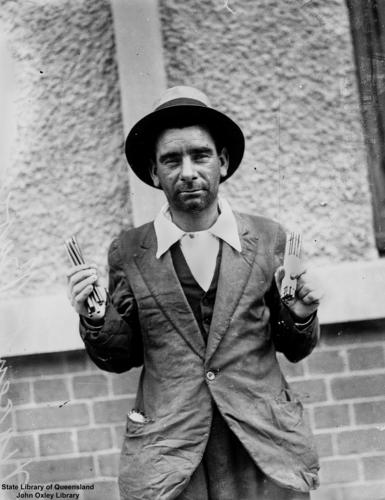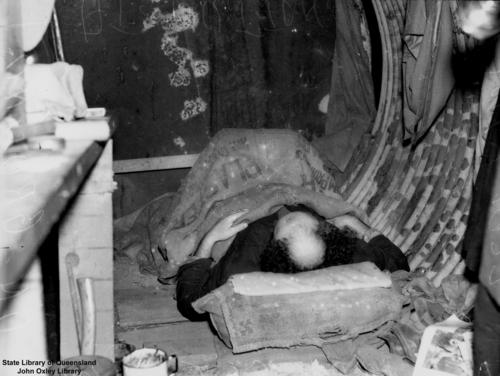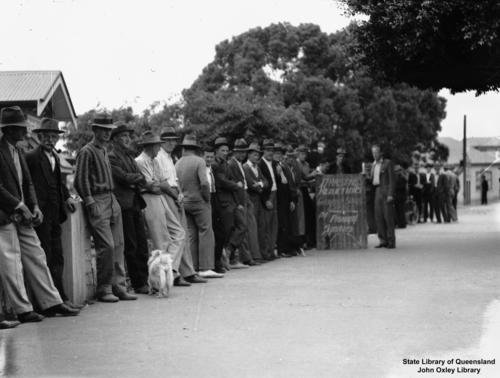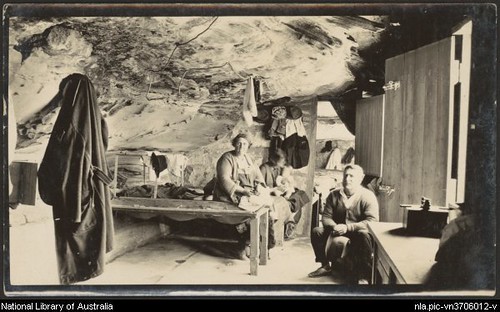 The term Great Depression refers to the great economic slump, which started in 1929 but the crisis timeline extended to the 1930s.The whole world slouched under the burden but the worst affected centres were North America and Europe. The backbones of heavy industry based cities drooped under the Great Depression. The industrial countries like United States, Canada, Britain, Germany, France, and Australia were the worst sufferers.
The term Great Depression refers to the great economic slump, which started in 1929 but the crisis timeline extended to the 1930s.The whole world slouched under the burden but the worst affected centres were North America and Europe. The backbones of heavy industry based cities drooped under the Great Depression. The industrial countries like United States, Canada, Britain, Germany, France, and Australia were the worst sufferers.There has been and still is a debate among the scholars regarding the causes of Great Depression. The left saw the Great Depression as the initiation of the end of capitalism. The free market economy was viewed as inherently unstable, whilst others saw it as a failing of governments and trade.
 Essentially, during the 1920's there was a stock market boom in the United States of America formed by the result of general optimism: businessmen and economists believed that the newly-born Federal Reserve would stabilize the economy, and that the pace of technological progress guaranteed rapidly rising living standards and expanding markets. The U.S. Federal Reserve's attempts in 1928 and 1929 to raise interest rates to discourage stock speculation brought on an initial recession.
Essentially, during the 1920's there was a stock market boom in the United States of America formed by the result of general optimism: businessmen and economists believed that the newly-born Federal Reserve would stabilize the economy, and that the pace of technological progress guaranteed rapidly rising living standards and expanding markets. The U.S. Federal Reserve's attempts in 1928 and 1929 to raise interest rates to discourage stock speculation brought on an initial recession. Caught by surprise, firms cut back their own plans for further purchase of producer durable goods; firms making producer durables cut back production; out-of-work consumers and those who feared they might soon be out of work cut back purchases of consumer durables, and firms making consumer durables faced falling demand as well. This then led to investors panic selling in an attempt to avoid any potential losses on their investments and thus the New York Stock Exchange (NYSE), the largest stock market in the world, crashed.
Caught by surprise, firms cut back their own plans for further purchase of producer durable goods; firms making producer durables cut back production; out-of-work consumers and those who feared they might soon be out of work cut back purchases of consumer durables, and firms making consumer durables faced falling demand as well. This then led to investors panic selling in an attempt to avoid any potential losses on their investments and thus the New York Stock Exchange (NYSE), the largest stock market in the world, crashed.This caused many economic problems for industrial countries around the world, as their economies and trade were all interlinked. Suddenly overnight companies became worthless and went bankrupt. To complicate issues the factory and other industry workers became idle because firms would not hire them to work their machines; firms would not hire workers to work machines because they saw no market for goods; and there was no market for goods because workers had no incomes to spend. The result of this was the Great Depression.
 As a producer of primary exports and a large borrower of overseas money, the impact of the depression hit Australia hard and fast. The combination of a sudden drop in earning ability from exports and overseas loan repayments brought Australia close to bankruptcy in the early 1930s. The result was massive unemployment. By 1932 the unemployment rate in Australia reached between 29% and 32% depending on which figures are used.
As a producer of primary exports and a large borrower of overseas money, the impact of the depression hit Australia hard and fast. The combination of a sudden drop in earning ability from exports and overseas loan repayments brought Australia close to bankruptcy in the early 1930s. The result was massive unemployment. By 1932 the unemployment rate in Australia reached between 29% and 32% depending on which figures are used.Thousands of Australians suddenly found themselves out of work and facing the prospect of poverty. It wasn’t long before many people turned to begging on the streets just to survive. Suicide became quite common.
Exercises:
On a new page in your books put the Heading “Going Bust - The Great Depression”. Under the heading write a 1/2 page summary based upon the information above. After you have completed the summary, write the following sub-headings and the questions in your books and answer them in full sentences using the links to the websites listed below.
Social Impact of the Depression
1. How does Wendy Lowenstein describe the effects the depression had on people?
2. Give 4 other effects of the depression.
Stories From the Depression
1. What happened to Bruce's father's business?
2. Why did this happen?
3. What happened at Christmas in 1930?
4. What happened when Bruce was eating an apple?
5. How does Bruce describe the unemployment camps?




 2:03 AM
2:03 AM
 Mark
Mark



0 comments:
Post a Comment